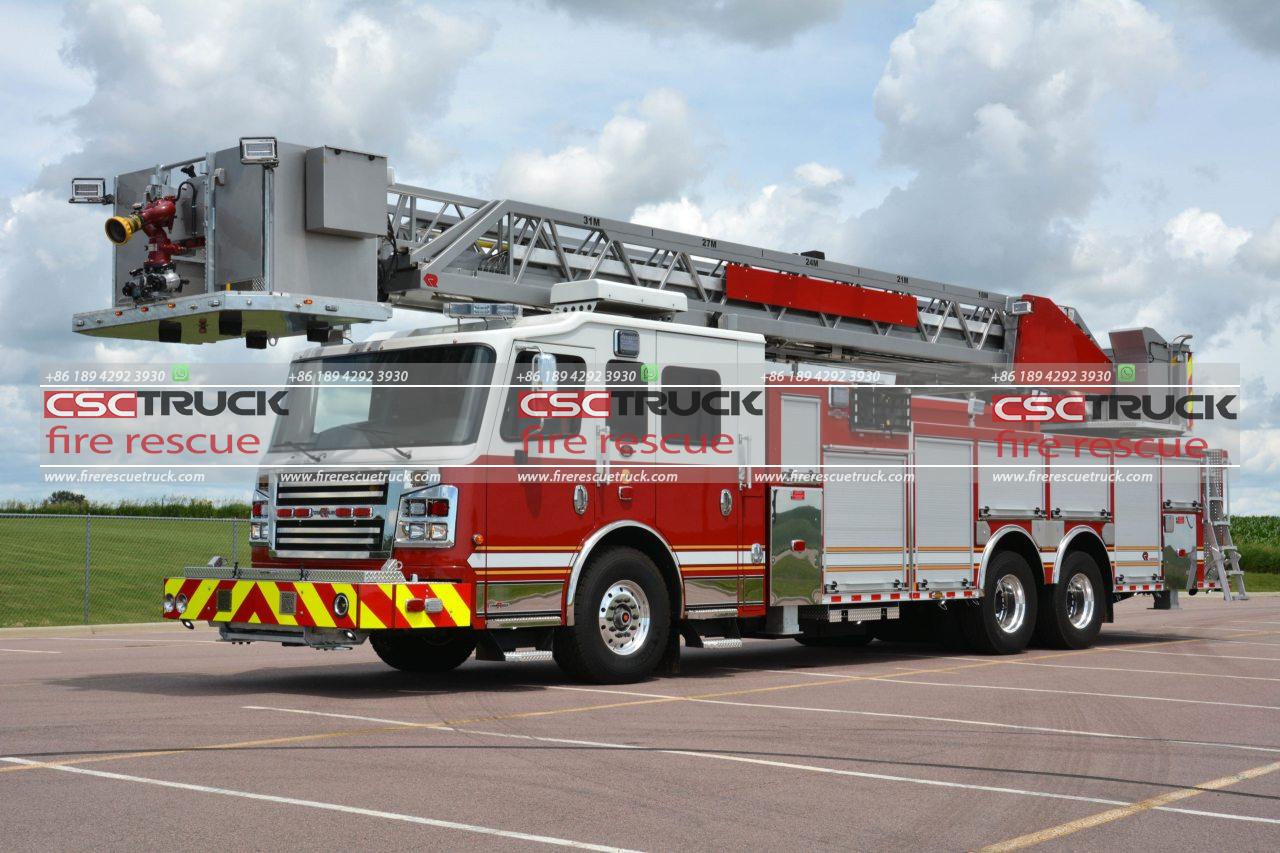When a fire breaks out or an emergency arises, time is of the essence. In these critical moments, a fire department utility truck plays a vital role in supporting the various activities carried out by emergency responders. From transportation to equipment storage and communication, these versatile vehicles are an essential component of any fire department’s fleet. In this article, we will explore the numerous ways in which a fire department utility truck supports various emergency response activities.
One of the primary functions of a fire department utility truck is transportation. These vehicles are designed to carry firefighters, paramedics, and their equipment quickly and efficiently to the scene of an emergency. With their powerful engines and robust suspension systems, utility trucks can navigate challenging terrain and reach remote locations that may be inaccessible to larger fire apparatus.
Furthermore, utility trucks often serve as command centers during emergency incidents. Equipped with state-of-the-art communication systems and technology, these vehicles become a central hub for coordinating response efforts. Incident commanders can use the truck’s radio equipment to communicate with other emergency personnel, dispatch centers, and even neighboring jurisdictions, ensuring seamless coordination and information sharing.
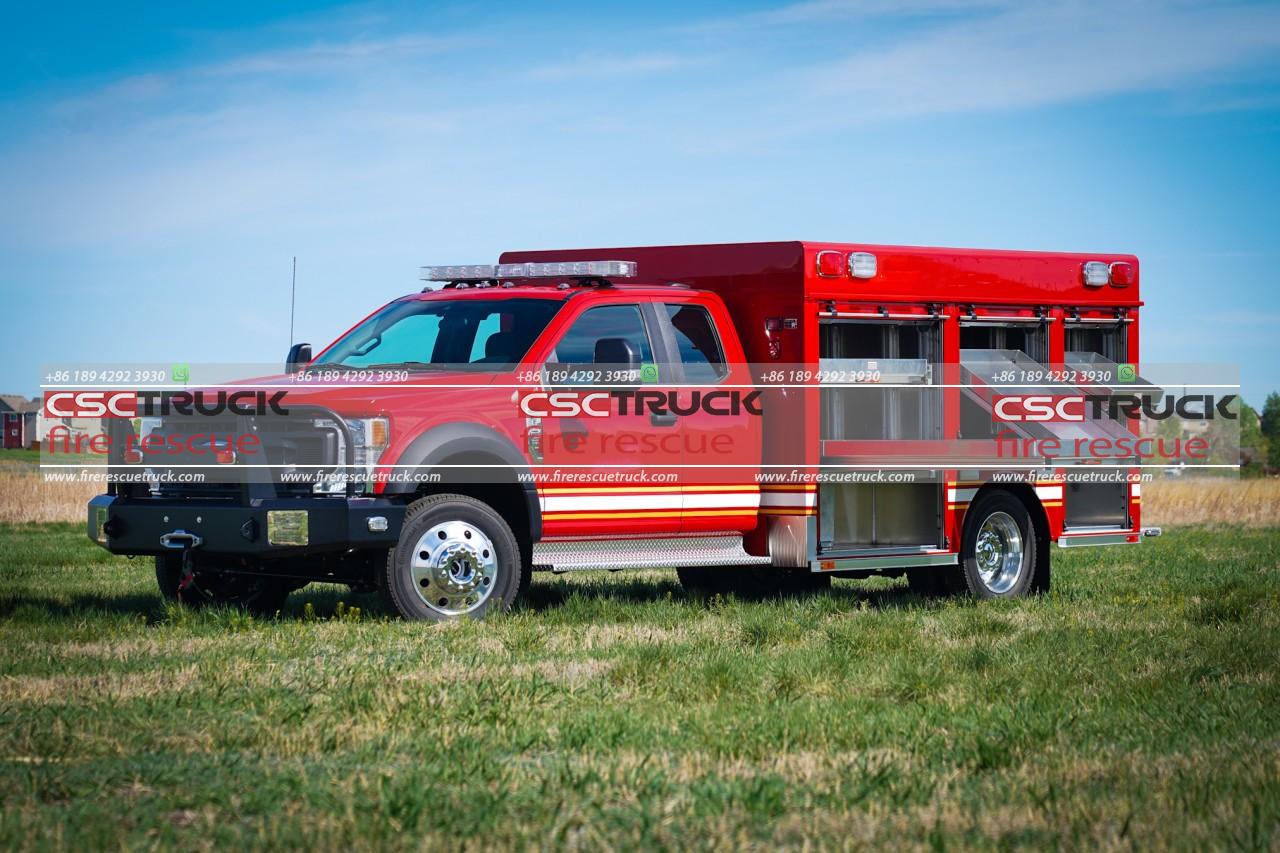
In addition to transportation and communication, fire department utility trucks provide crucial storage space for equipment and supplies. These vehicles are equipped with specialized compartments and racks designed to secure and organize firefighting tools, medical supplies, hazmat gear, and other essential equipment. This ensures that emergency responders have immediate access to the tools they need, saving precious time during critical situations.
One key feature of utility trucks is their ability to carry water and other firefighting agents. Many utility trucks are equipped with large-capacity water tanks and pumps, allowing firefighters to initiate initial fire suppression efforts while waiting for larger fire apparatus to arrive. This rapid response capability can reduce the spread of fire and minimize damage significantly to the affected area.
Moreover, utility trucks often house additional specialized equipment specific to certain emergencies. For example, some utility trucks are equipped with hazardous materials (hazmat) response equipment, including protective suits, detectors, and containment materials. In the event of a hazardous materials incident, these vehicles play a crucial role in containing the situation and safeguarding both responders and the public.
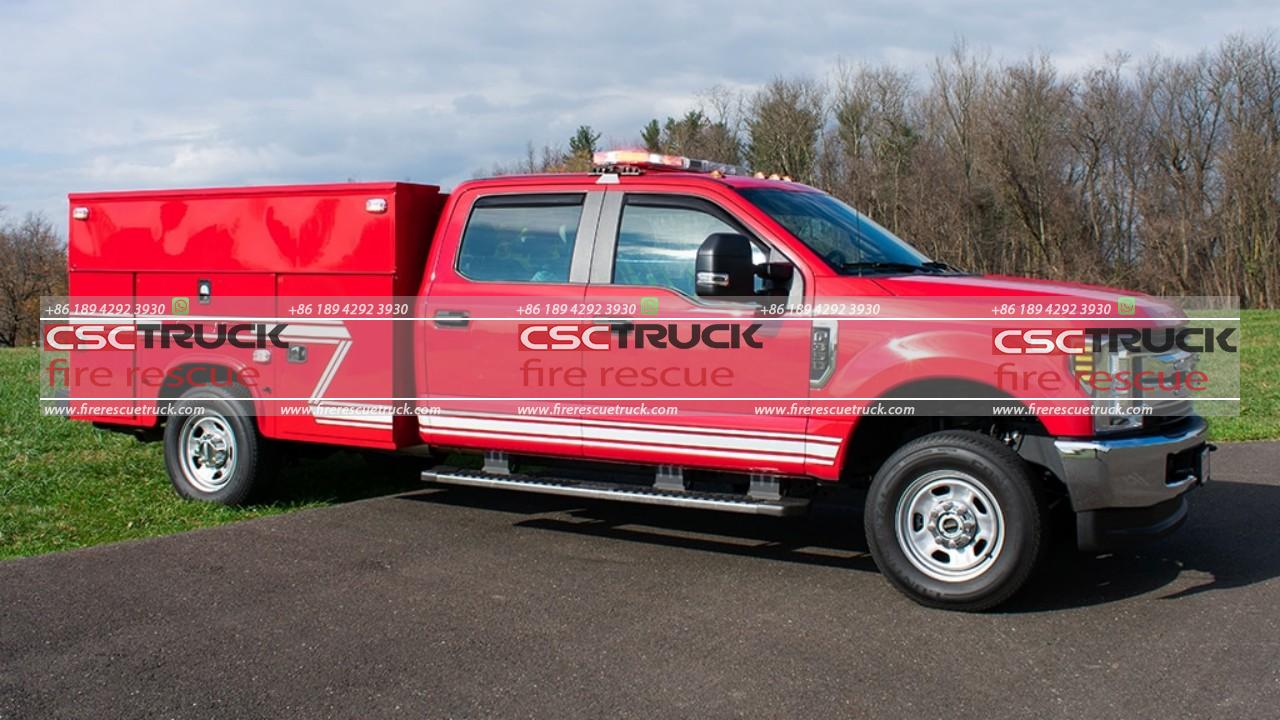
Another important function of fire department utility trucks is to provide auxiliary power sources. During emergencies, such as natural disasters or power outages, utility trucks can serve as generators, supplying electricity to critical equipment and facilities. This capability ensures that vital operations, such as communication systems, lighting, and medical equipment, remain functional even in adverse conditions.
Furthermore, utility trucks often serve as a support base for emergency personnel during extended operations. With onboard sleeping quarters, kitchens, and restroom facilities, these vehicles allow responders to rest, recharge, and maintain their well-being while remaining close to the incident scene. This capability is particularly valuable during large-scale incidents that require extended response times.
Additionally, fire department utility trucks may be equipped with specialized rescue equipment to assist with various emergency scenarios. This can include hydraulic rescue tools (commonly known as the “Jaws of Life”), ropes and harnesses for high-angle rescues, and inflatable boats for water rescues. Having this equipment readily available on a utility truck enables quick and efficient responses to incidents involving trapped individuals or those in distress.
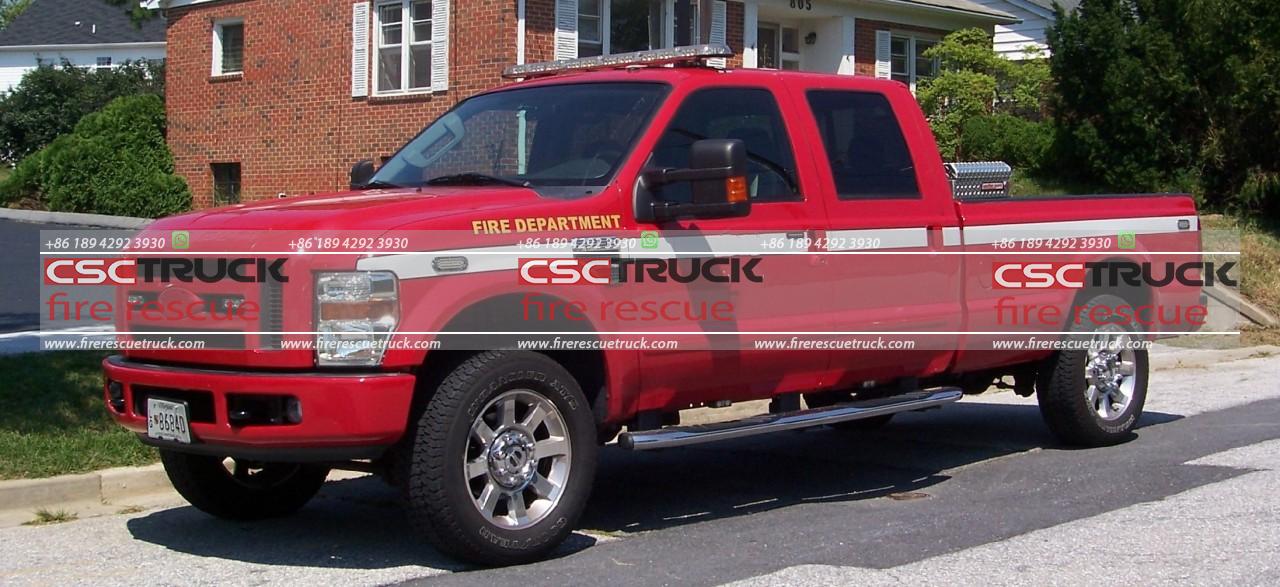
Finally, fire department utility trucks often serve as community outreach vehicles. These vehicles can be utilized during public education campaigns, community events, and fire prevention initiatives. With their eye-catching designs and informative displays, utility trucks create opportunities for firefighters to engage with the public, raise awareness about fire safety, and provide demonstrations on emergency preparedness.
In conclusion, fire department utility trucks are invaluable assets in supporting various emergency response activities. From transportation and communication to equipment storage and specialized capabilities, these versatile vehicles play a crucial role in enabling efficient and effective emergency operations. Their multifunctional design ensures that emergency responders have the necessary resources and support to mitigate emergencies, protect lives, and safeguard communities.
Moreover, fire department utility trucks are continuously evolving to meet the changing needs and challenges of emergency response. With advancements in technology, these vehicles are equipped with sophisticated systems and equipment that enhance their capabilities.
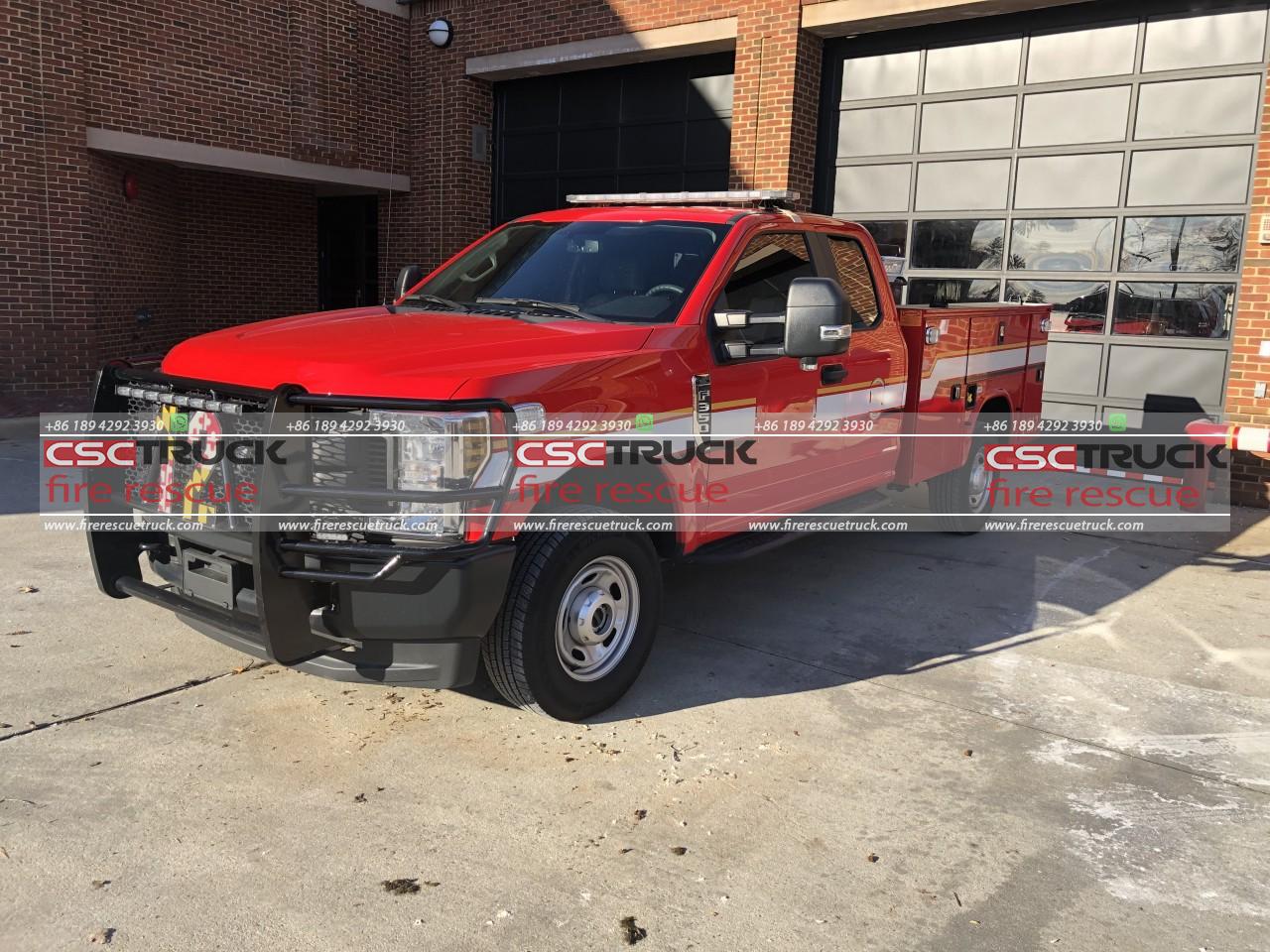
For instance, many modern utility trucks are equipped with advanced telemetry systems that provide real-time data on vehicle performance, location, and operational status. This information allows incident commanders to monitor and manage resources more effectively, making informed decisions to optimize response efforts.
Additionally, some utility trucks are equipped with advanced imaging and sensing technologies. Thermal imaging cameras, for example, can help firefighters locate and assess the intensity of fires, even in low visibility conditions. This technology enables quicker identification of hot spots and potential hazards, guiding firefighting strategies and ensuring the safety of responders.
Furthermore, the integration of hybrid or electric power systems in utility trucks is becoming more prevalent. These environmentally friendly alternatives reduce emissions and noise pollution, making them suitable for urban areas and sensitive environments. Hybrid systems also provide the advantage of extended operation time, ensuring that utility trucks can remain on-site for longer durations without the need for frequent refueling.
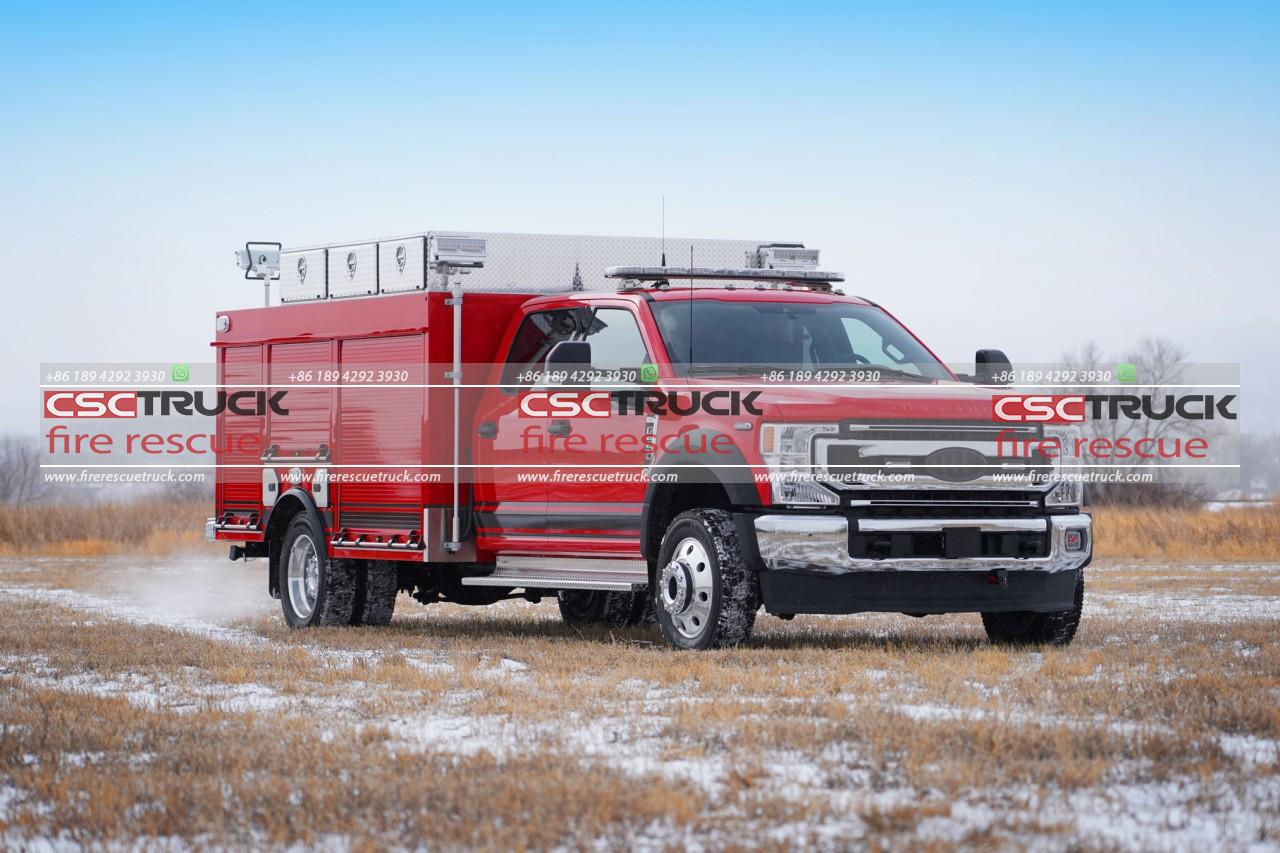
Another significant development is the integration of data and connectivity solutions in utility trucks. With the rise of the Internet of Things (IoT) and smart technologies, these vehicles can gather and transmit valuable data in real time. This data can be utilized for predictive analytics, resource allocation, and even preventive maintenance, ensuring that utility trucks are always in optimal working condition.
Furthermore, some utility trucks are now equipped with unmanned aerial systems (UAS), commonly known as drones. These drones can be launched from the utility truck, providing aerial views of the incident scene, gathering real-time video footage, and aiding in situational awareness. Drones can also be equipped with thermal imaging cameras and gas detectors, extending the capabilities of utility trucks and enhancing overall response effectiveness.
It is worth noting that the versatility and functionality of fire department utility trucks vary depending on the specific needs and resources of each fire department. The size of the department, the geographical location, and the types of emergencies commonly faced all influence the design and features of utility trucks. Therefore, fire departments need to assess their operational requirements and tailor the specifications of their utility trucks accordingly.
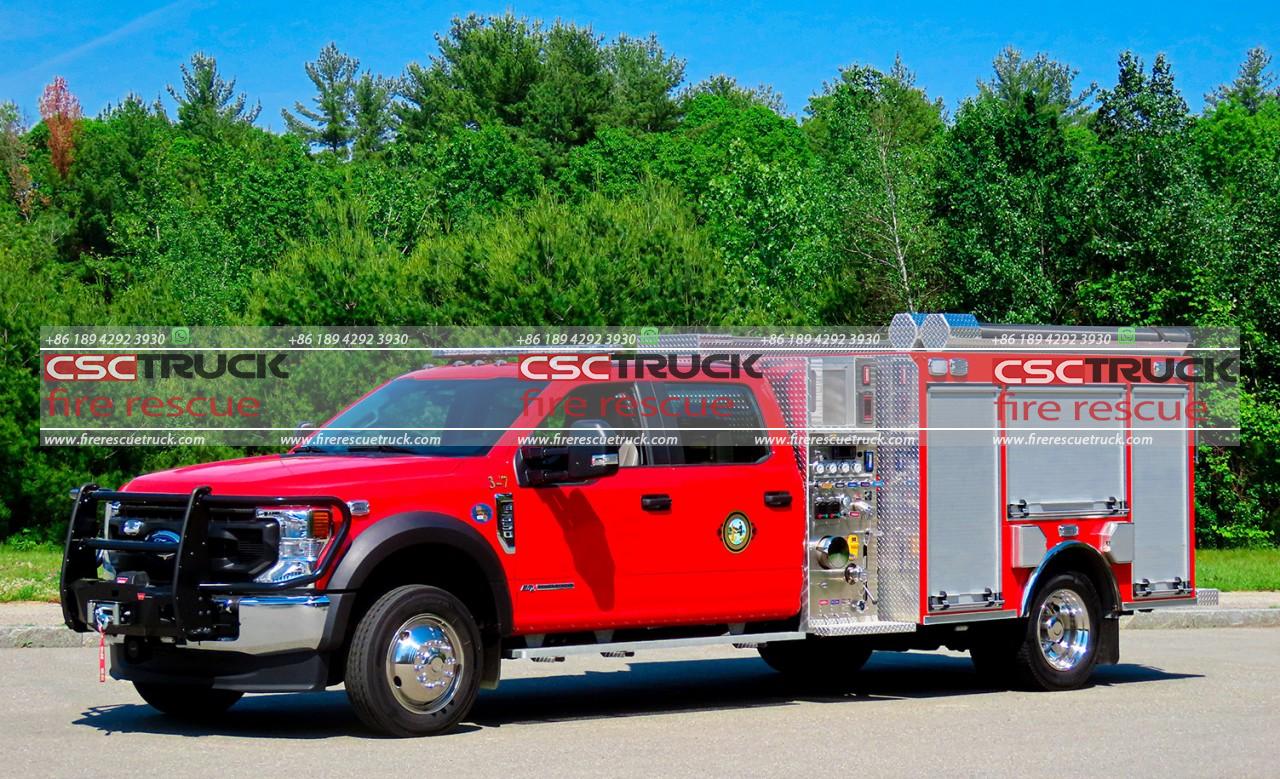
In conclusion, fire department utility trucks have become indispensable assets in modern emergency response. With their ability to transport personnel and equipment, provide command and communication centers, store essential supplies, and offer specialized capabilities, these vehicles are critical in supporting a wide range of emergency activities. As technology continues to advance, utility trucks will continue to evolve, becoming even more efficient, connected, and versatile. With their constant adaptation and enhancement, these vehicles will remain vital in ensuring the safety and well-being of communities during emergencies.







